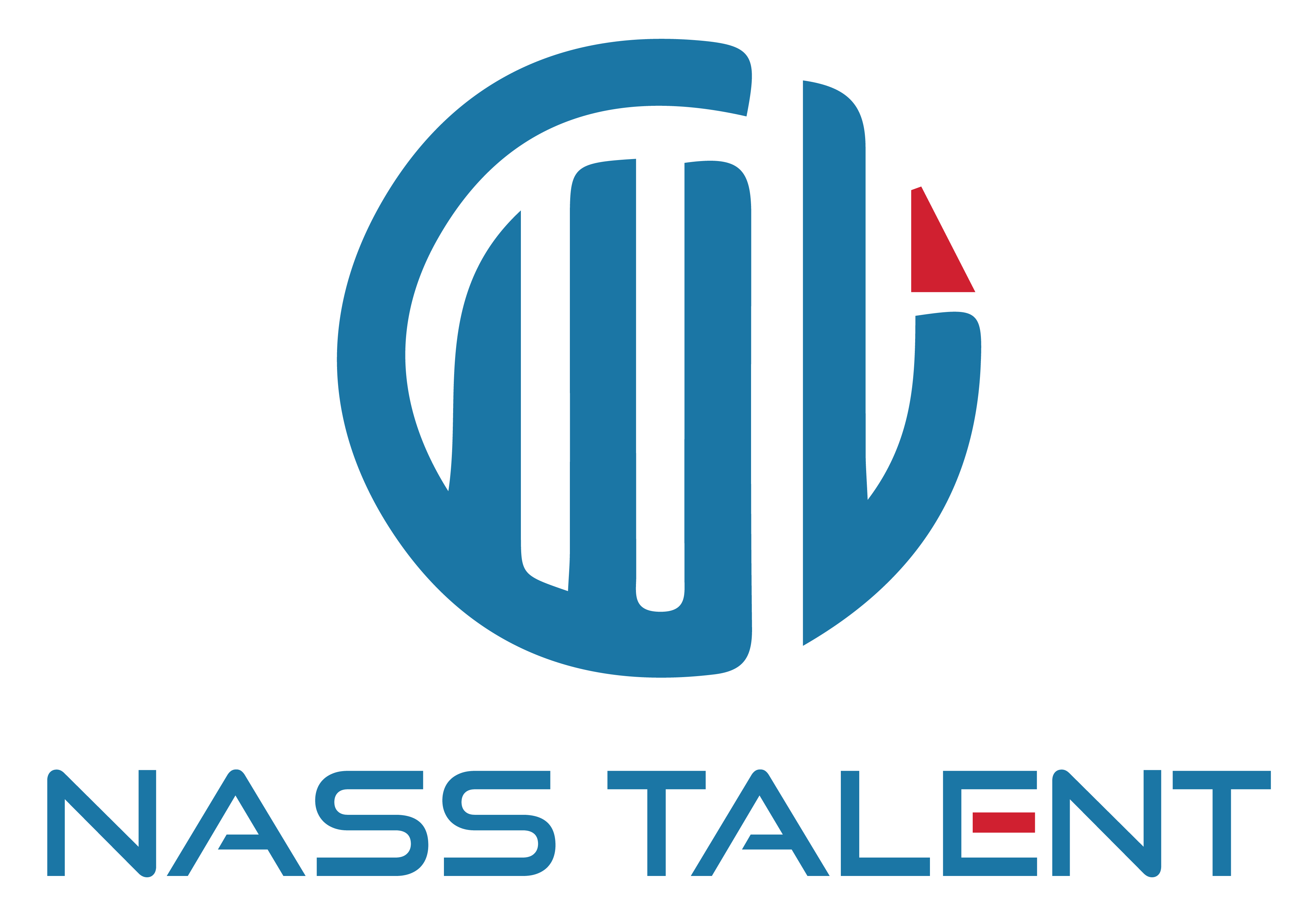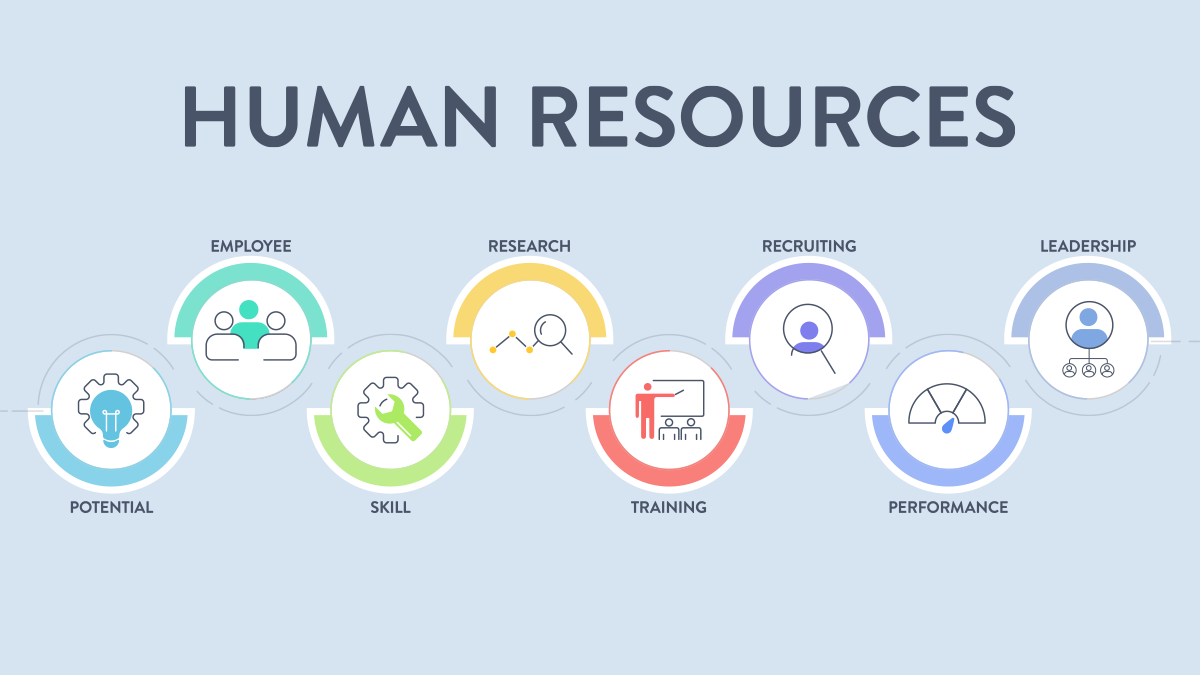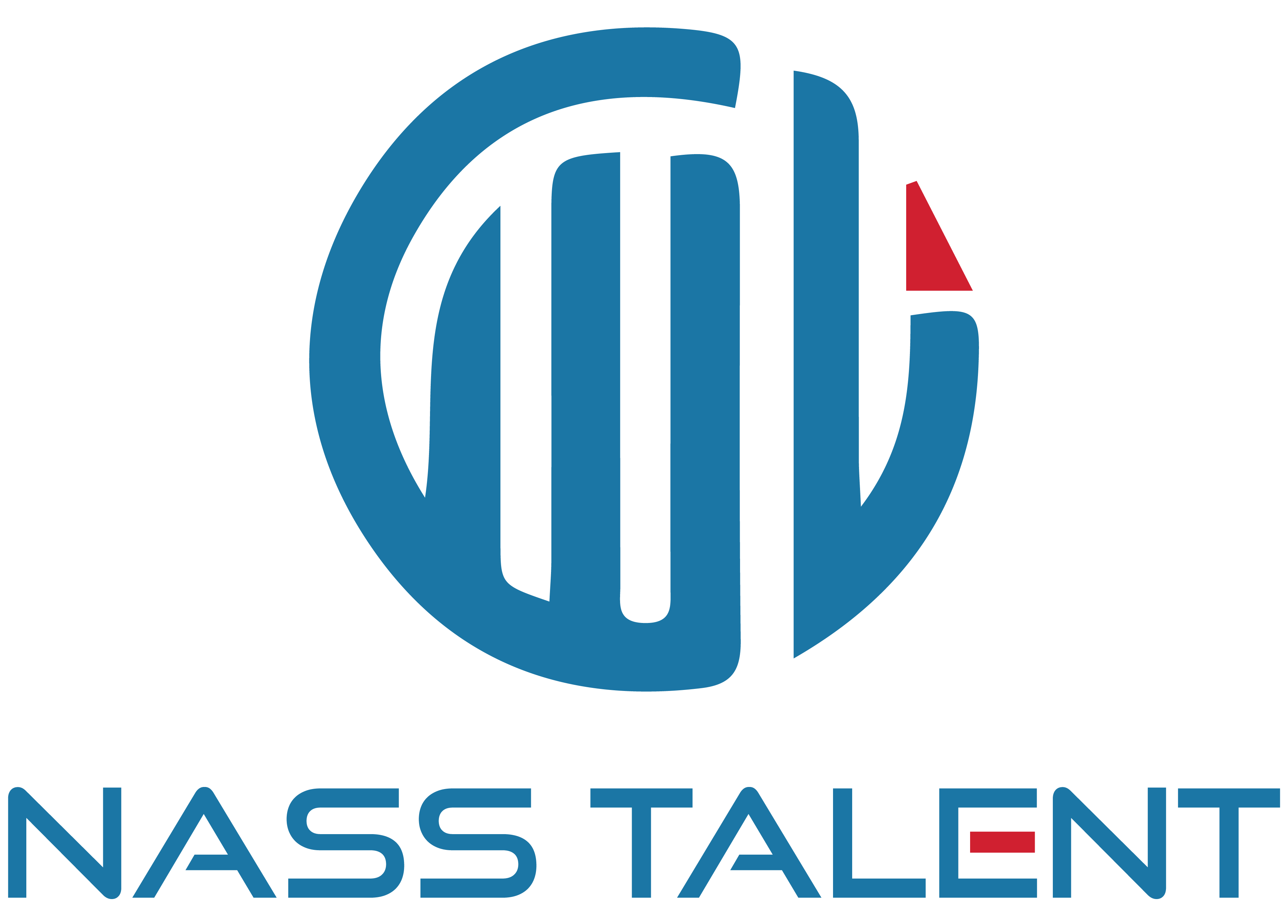Importance Of Employee Satisfaction, What Does Research Says

What is employee satisfaction?
If we analyse the word satisfaction, it reminds us that human beings or even any living beings exist their living and urges at all times to attain satsifaction at every moment. Satisfaction is not a term which can be measured in terms of a scale and it is never constant and universal. The satisfaction of each indivdual could be different and entirely short lived.
Nancy C.Morse (1997) explains satisfaction as the level of fulfillment of one’s needs, wants and desire. It depends on what an individual seeks from the world from his present condition.
Cranny, Smith & stone (1992) defined employee satisfaction as the combination of affective reactions to the differential perceptions of what he/she wants to receive compared with he/she actually receives.
According to Moyes, Shao & Newsome (2008) the employee satisfaction may be described as how pleased an employee is with his or her position of employment.
As Spector (1997) defined job satisfaction as all the feelings that a given individual has about his/her job and its various aspects. Employee satisfaction is a comprehensive term that comprises job satisfaction of employees and their satisfaction overall with companies’policies, company environment etc.
Once we understand the inherent characteristics of the concept of satisfaction, understanding employee satisfaction may be put in ease. Employees are human beings (so far, as AI robots will be replacing a little portion soon) whose satisfaction at workplace is an ever evolving phenomenon. Employees expect betterment always at their work place. There could be variaous factors or determinants that could influence their seeking of want, which in other words, “Workplace satisfaction”. When there is a contractual agreement of employer – employee, then where does workplace satisfaction comes into play.
Fortunately for business, employees are their only strength or resource that could be leveraged to move the scale and aims in achieving results. While doing so, they weigh the returns that they gain by doing so for the business. It could be either in the way of monetary, non monetary, social or value based needs. Lack of employee satisfaction could lead to business loss, process failures, wastage and rework, attrition of skilled talents, and many other problems which is unprecedented for business. Let us ask ourself a basic question and put the perspective straight.
“Do we do business to gain profit or not?”If yes, you need to adopt norms and sentiments pertinent to human relations and feelings, apart from legal and business norms.
Let us briefly discuss in this article what does research literature talks about employee satisfaction and its importance in business.
1. Culture plays an important role:
Organisations aiming to focus on employee satisfaction, should have an effective culture that encourages the need in all their actions towards employee satisfaction. (Bhatti & Qureshi, 2007)
2. Satisfaction leads to loyalty, and thereby productivity:
Satisfied employees remain more loyal (atleast till the period they are satisfied) and naturally, employees who are loyal are proved to be more productive. (Hunter & Tietyen, 1997). Human Relations perspective emphasize that satisfied workers are productive workers (e.g., Likert, 1961; McGregor, 1960) and hence it could be conferred that organizational productivity and efficiency is achieved through employee satisfaction and attention to employees’ physical as well as socio-emotional needs.
3. Employee satisfaction leads to customer satisfaction:
Potterfield (1999) mentioned that customer satisfaction and organisational productivity is directly related to employee satisfaction (U.S. Bureau of Labor Statistics, 2004).
Let us discuss a short route map of how profit is related to employee satisfaction.
Profit and growth are stimulated directly (and primarily) by customer loyalty. Customer loyalty is a direct consequence of customer satisfaction. Customer satisfaction is heavily influenced by customer perceptions of the value of services they receive. Value is created by satisfied, loyal and productive employees. Employees who feel a sense of teamwork and common purpose, a strong commitment to communication, and managerial empowerment are most able, and willing, to deliver the results that customers expect.
According to Mark graham Brown (2006), there is a strong link between employee satisfaction and customer satisfaction and between customer satisfaction and future revenue.
4. Employee satisfaction and positive vibe:
According to Heskett, et. al (1994), more satisfied employees, stimulate a chain of positive actions which results in an improved company performance.
5. Employee satisfaction and Absenteeism:
When employees are happy, satisfied and feel good at workplace, absenteeism reduces (Allen & Merris Wilburn, 2002). The more satisfied an employee is, the less turnover and absenteeism for the organisation Maloney, & McFillen, (1986).
6. Employee satisfaction and its direct relationship with retention and employee turnover:
It is quite obvious and a plain truth that an organisation which gives importance to the culture of employee satisfaction, increases the chances of retention of employees’ which is very essential in running a business (Allen & Merris Wilburn, 2002).
Also, success of the business is directly linked to the satisfaction of the employees who embody that retaining talented people is critical to the success of any organization, Freeman(2005).
An interesting study quoted as Carpitella (2003) suggests that businesses that excel in employee satisfaction enjoys a reduced turnover rate by 50% from the norms, increase customer satisfaction to an average of 95% and lower labour cost by 12%.
7. Employee satisfaction and collaborative efforts or team work:
Employees‟ job satisfaction sentiments are important because they can determine collaborative effort. Consistent with this reasoning, Likert (1961) has argued that collaborative effort directed towards the organization’s goals is necessary for achievement of organizational objectives, while unhappy employees will fail to participate (effectively) in such efforts.
8. Employee satisfaction and positive work life behaviour:
Judge, et. al, (1993), mentions that employee satisfaction is positively correlated with motivation, job involvement, organizational citizenship behavior, organizational commitment, life satisfaction, mental health, and job performance, and negatively related to absenteeism, turnover, and perceived stress.
9. Employee satisfaction and overall business outcomes:
In a unique study conducted by Harter et al. (2002), based on 7,939 business units in 36 organizations, the researchers found positive and substantive correlations between employee satisfaction-engagement and the business unit outcomes of productivity, profit, employee turnover, employee accidents, and customer satisfaction. The predominant view has focused on the situational context (e.g., supervisory support) as a cause of satisfaction and has argued that high-performance work practices and thus a positive working climate foster employee satisfaction (see, e.g., Bowen, & Ostroff, 2004; Wright, Dunford, & Snell, 2001; Wright, Gardner, Moynihan, & Allen, 2005).
Ref: Research paper titled “Identification of variables affecting employee satisfaction and their impact on the organisation.”, by Alam Sageer, Sameena Rafat and Puja Agarwal.
IOSR Journal of Business and Management (IOSR-JBM) ISSN: 2278-487X. Volume 5, Issue 1 (Sep-Oct. 2012), PP 32-39 www.iosrjournals.org
– Editorial Team, Nass Talent Management and Studies LLC
Effective Best Practices for Workplace Surveys to Improve Employee Satisfaction
Tags: Best practices for workplace surveys, Employee satisfaction surveys, Effective survey design, Employee feedback tools UAE, Survey participation strategies, Employee opinion surveys, Workplace survey methodology UAE









